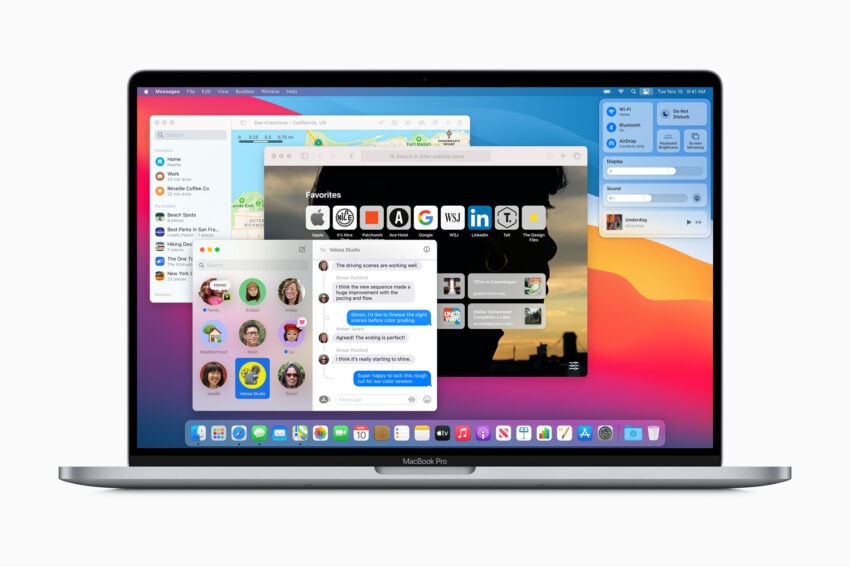

Yes, there’s a volume button on the Touch bar, but the number of sound waves radiating out from the speaker on the volume’s icon indicates the current volume level. There’s a lot more personality here than I expected.Īnother aspect of the Touch Bar that I hadn’t really thought about is that every label can now provide context in a way that a fixed key can’t. The arrow pointing from the Touch Bar to the Touch ID sensor during a request for an unlock grows and shrinks, practically begging you to put your finger down. Items don’t just fade in and out, but also slide smoothly back and forth. The Touch Bar is an animated interface through and through. This is a full-color, retina-caliber screen, and while the default interface does its best to fit in with the monochrome keycaps it’s sitting above, in various contexts you’ll see splashes of color that stand out in some delightful ways.īut what really surprised me were the animations. Though Apple’s design of the Touch Bar interface is in its infancy-and I’d expect a whole lot of refinement and even rethinking over the next year or two-it’s already surprised me with its detail and even its whimsy. Perhaps it says something about me that when I envisioned the Touch Bar, I envisioned a touchscreen largely populated with virtual keys with custom keycaps. I’ve trained myself not to let my finger stray up into the Touch Bar accidentally, but it was an adaptation.) Animated interface Until then, I found that my pinky would slide off the carat key and make contact with the Touch Bar, triggering the virtual Escape key.

(It took me a few days to get used to the presence of the Touch Bar. Fortunately, it appears that touch sensitivity extends a bit past the end of the display itself-when I tapped the corner of the Touch Bar, reflexively reaching for the Escape key, my touch would still trigger that key-even though my finger wasn’t actually touching the part of the Touch Bar displaying the virtual Escape key.

As a result, the Touch Bar always appears inset from the rest of the keyboard. To balance out the design, the Touch Bar’s OLED screen doesn’t extend all the way to the left edge of the glass. Apple has removed other functionality from it because it’s a magnet for accidental button presses owing to its more important function: This is where the Touch ID sensor is located. Press it and hold it down for six seconds and the computer will restart. When you press it, it doesn’t do anything (unless the computer is off). This is ostensibly the power key, but it’s not like the power key on any previous Mac. To the far right side of the touch bar is a tall, narrow, shiny space-and when you press it, you’ll discover it’s a key. The moment you begin using the MacBook Pro again, it snaps back into life. After a bit longer, it will shut off entirely. When the MacBook Pro is idle for a little while, the display will dim. There’s no way to control the brightness of the Touch Bar, but it does engage in some very specific power-saving behavior. Basically, the Touch Bar is trying to blend in, not stand out. Its brightness varies based on room conditions, with the ultimate goal of trying to match itself to the look of the keyboard. (It’s still reflective, but only at angles you won’t see while actually typing with the computer on a table or in your lap.) In terms of texture, the Touch Bar feels very much like the trackpad. It’s been designed to match the matte surface of the keyboard’s keycaps. The Touch Bar’s surface, while glass, looks different than Apple’s other displays. And it’s a major investment by Apple, featuring major additions to macOS and almost all of its included apps in order to support the Touch Bar and Touch ID. This isn’t the MacBook Pro, it’s the MacBook Pro with Touch Bar and Touch ID. The legacy of this laptop sits at the top of the keyboard, where a row of function keys have been replaced by a high-resolution multitouch 2170”‰×”‰60 OLED display with a fingerprint sensor next to it. The new MacBook Pro is a powerful computer in a relatively thin and light shell that brings an entirely new connection format to the Mac mainstream, but it won’t be remembered for any of that. MacBook Pro with Touch Bar review: Keyboard chameleon


 0 kommentar(er)
0 kommentar(er)
